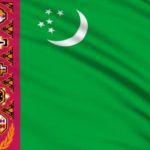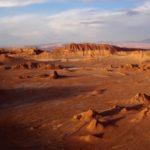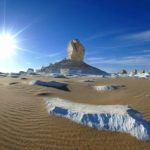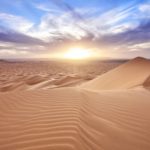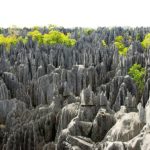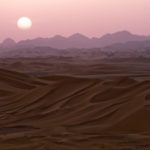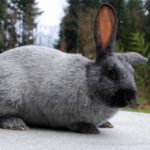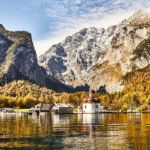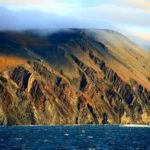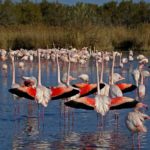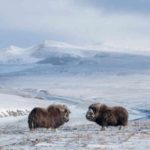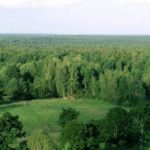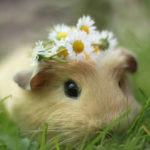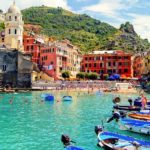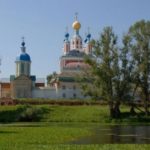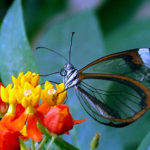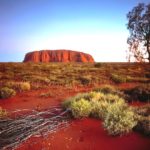Repetek Reserve
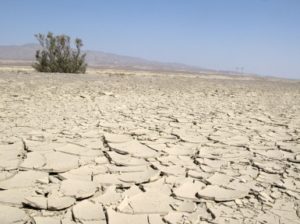 For those who once visited Turkmenistan the name Repetek is familiar. This is a small village on the highway Mary – Chardjou. He most likely remembered those, but it is from here that the sands of the famous Karakum desert begin. To a person who has never been in the wilderness, this place seems lifeless and dull.
For those who once visited Turkmenistan the name Repetek is familiar. This is a small village on the highway Mary – Chardjou. He most likely remembered those, but it is from here that the sands of the famous Karakum desert begin. To a person who has never been in the wilderness, this place seems lifeless and dull.
But it is worth taking a closer look and you can see how magnificent the landscape of these places is, how diverse the vegetable and animal world of the Karakum is. And the Repetek Reserve is the most interesting corner of the Karakum.
The peculiar beauty and uniqueness of this place attracted and attracts the attention of many scientists. In the last century, these places fascinated the famous geographer and traveler Peter Petrovich Semenov Tien Shan. An outstanding geneticist Nikolai Ivanovich Vavilov, the founder of modern soil science Vasily Vasilyevich Dokuchaev, worked here. There was a Russian scientist and science fiction writer Vladimir Afanasyevich Obruchev, known for his novels The Land of Sannikov and Plutonium. Repeteks were visited by many prominent scientists. And precisely because of its uniqueness in 1927, the Repetek Reserve was founded here, which occupies 34,600 hectares. Repetek Reserve zoning refers to continental deserts and semi-deserts. In 1979, by decision of UNESCO, it acquired the status of a biosphere reserve and became one of the few internationally recognized standards of natural ecosystems.
And it is not surprising, because Repetek is the place where practically all forms of the sandy relief of the desert are present in a fairly small area. After all, the sandy landscape can be different: barchan, ridge, and hilly. Yes, there are a lot of variations, but just here you can see everything with your own eyes. A section of the reserve, which is called the “Repetek Sahara,” especially struck the imagination of any person who visited it, even many sophisticated travelers. How unusual the sight is here to the eye. The fancifully frozen giant waves of rising sand dunes, the crests of which are crowned with thin yellow muslin of thousands of sand grains disturbed by the wind, effectively illuminated by the rays of the sun, create a truly fantastic landscape of alien worlds.
But no matter how great the dunes, but, the irrepressible wind, turning over these sandy mountains along the grain of sand, imperceptibly moves them from place to place. So, having appeared, after a while, but in the same place, it is not possible to recognize it.
The Repetek biosphere reserve is practically located almost in the center of the Eastern Karakum desert. Basically, the landscape of the reserve is a sandy plain with large ridges and valley depressions among them. Places where sand dunes exist, moving sands usually do not have vegetation. But it is exactly Repetek that is one of the rare places where among this ocean of sand one can see a rather diverse flora. Depending on the type of sand, it is very diverse.
Here you can also see moving, poorly recorded sand dunes with tree juzgun (Calligonum arborescens), sand dunes and Karelin aristide (Stipagrostis karelinii); semi-moving, hilly sands with juzgun (Calligonum caput-medusae) and aristated feathery (Stipagrostis pennata). Here you can meet rare on the zamel poorly hardened, hilly sands with Persian saxaul (Haloxylon persicum) and aristide feathery; hardened hilly sands with Persian saxaul. There are places with sedge bloated (Carex physodes) and moss (Tortula desertorum).
In large in valley-like depressions, quite impressive in size desert forests of black saxaul (Haloxylon aphyllum) have been preserved.
One has only to wonder how the locals orient themselves in this endless desert, not only among the moving, constantly changing place and shape of dunes, but also in vast saxaul forests. Not far from the “Sahara” is a grove “Yaman-Tokai.” Here ordinary trees grow, seemingly albeit not very tall, but with spreading crowns. However, under these trees do not look for the usual shade for forests. In saxaul, instead of leaves there are such green twigs, open-looking, with transparent scales on them. It is because of this that the plant is able to endure the burning rays of the sun. Indeed, in the middle of summer the sand here heats up to 80 degrees. In the summer there is just hell! No wonder Repetek is considered one of the hottest places on the planet, calling it “the pole of heat.”
Winter is pretty harsh here. It often rains. Snow falls quite rarely, but with strong wind mixed with sand, this snow became the cause of many caravans in ancient times. And now, in this weather, it is better not to risk going on a long journey. The sands are insidious in winter too.
And in the summer it was not safe to drive in the desert even on powerful all-terrain vehicles. After laying the Karakum Canal, which in some places was dug simply in the sands and its channel was not reinforced by anything, a lot of water began to go into the sand, moving away from the canal itself for tens of kilometers. As a result, in some places under the sand formed large accumulations of water, subsurface lakes.
